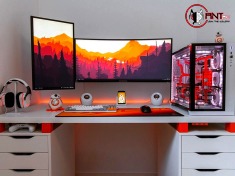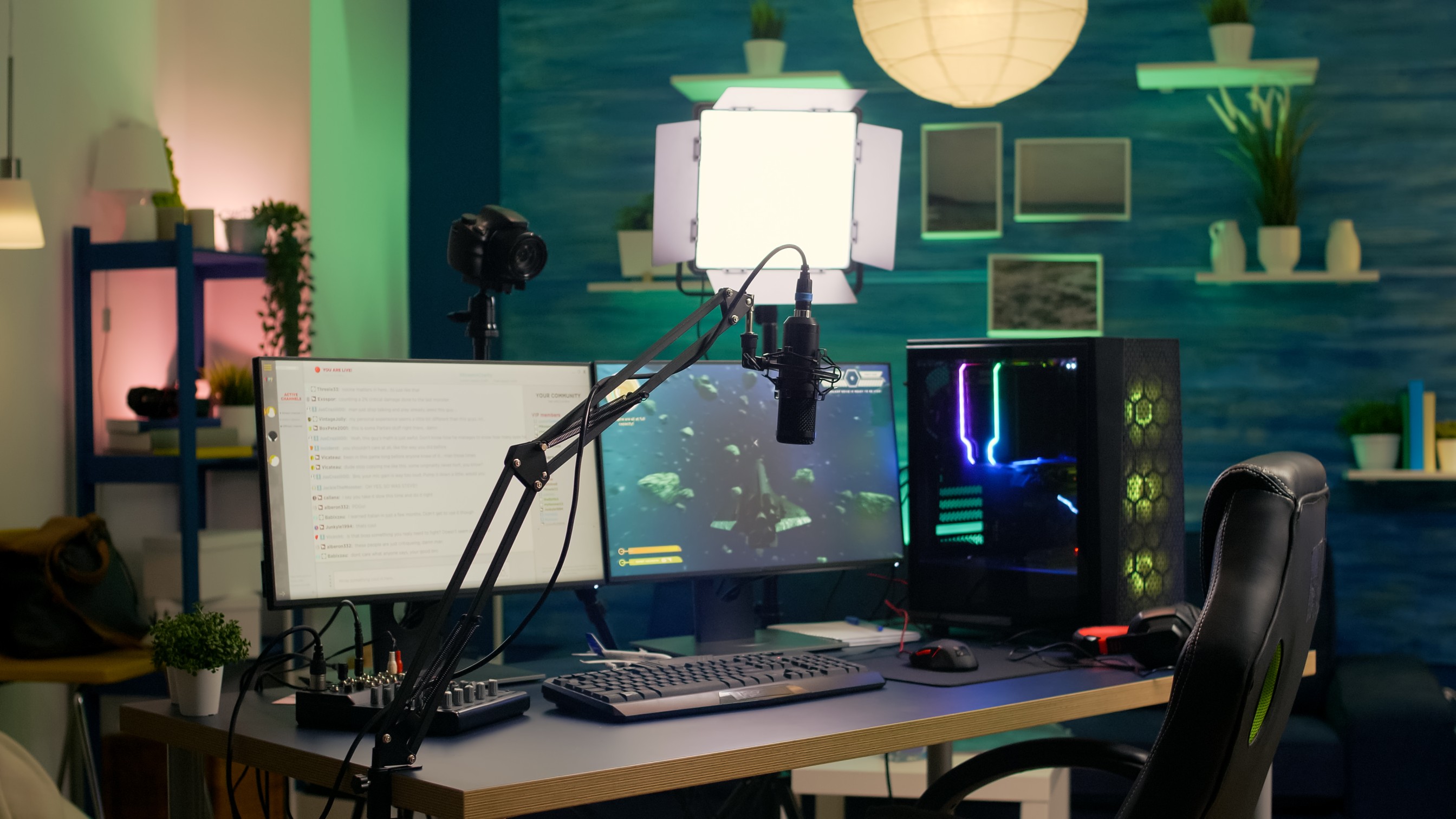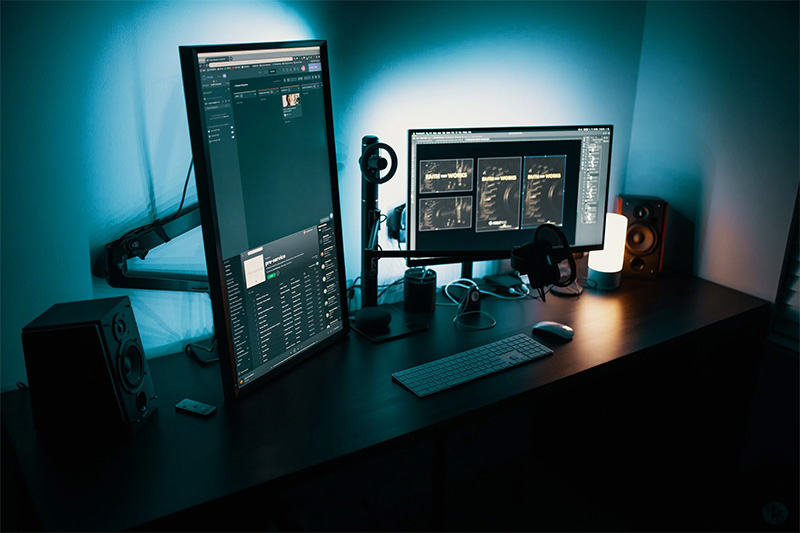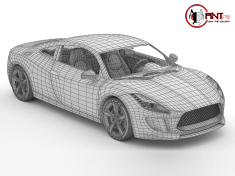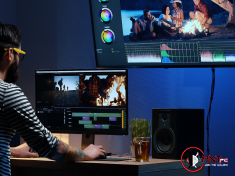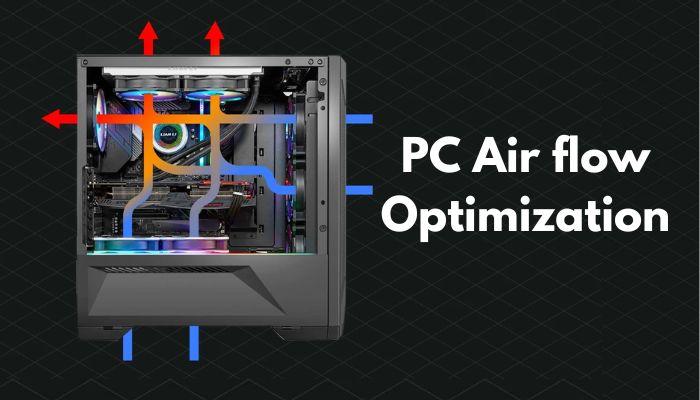
PC airflow guide: How to set up your case fans
- 18-08-2023 14:01:32
Proper airflow management in a PC case is essential to keep your components cool and ensure optimal performance. Here's a guide on how to set up your case fans for effective airflow:
Understand Airflow Basics:
There are two main types of airflow configurations: positive pressure and negative pressure.
Positive Pressure: This involves having more intake (front and bottom) fans than exhaust (rear and top) fans. It prevents dust from entering the case and forces air to exit through designated exhaust points.
Negative Pressure: This configuration involves having more exhaust fans than intake fans. It helps in quickly expelling hot air from the case but can lead to more dust accumulation.
It's generally recommended to maintain positive pressure for better dust management.
Fan Placement:
Depending on your case's design, you'll have various mounting points for fans. Common locations include the front, rear, top, bottom, and side panels.
Intake Fans: These are typically placed at the front and bottom of the case. They bring in cool air from the outside.
Exhaust Fans: These are usually mounted at the rear and top of the case. They expel hot air from the components.
Balanced Placement:
Aim for a balanced distribution of intake and exhaust fans. A common setup includes:
2-3 Intake Fans: Placed at the front and bottom.
1 Exhaust Fan: Mounted at the rear.
1-2 Top Exhaust Fans: To facilitate heat dissipation.
Consider Radiators:
If you have a liquid cooling setup with radiators, they can affect fan placement. Radiators are usually placed at the front or top and can serve as intake or exhaust, depending on their location and your overall airflow strategy.
Fan Orientation:
Pay attention to the direction in which the fans are mounted:
Intake Fans: Mount them to blow air into the case.
Exhaust Fans: Mount them to blow air out of the case.
Cable Management:
Neatly organize your cables to avoid blocking airflow paths. This helps ensure that air can flow freely without obstructions.
GPU and CPU Cooler Fans:
If you have a dedicated GPU and CPU cooler, they often have their fans. Make sure these fans are aligned with the overall airflow direction. For instance, if you have a front intake fan, ensure that it directs cool air toward the GPU and CPU cooler.
Monitor Temperatures:
After setting up your fans, monitor your component temperatures using software tools. Adjust fan speeds and placements if necessary to achieve the desired cooling performance.
Fan Speed Control:
Most modern motherboards allow you to control fan speeds through BIOS settings or dedicated software. Adjust fan speeds according to your temperature needs. Higher speeds provide more cooling but can be noisier.
Dust Filters:
Use dust filters on intake fan locations to reduce dust accumulation inside the case. Regularly clean these filters to maintain optimal airflow.
Remember that the ideal fan setup can vary based on your components, case design, and personal preferences. Regularly check your temperatures and adjust your fan configuration if needed to maintain a cool and dust-free system.

